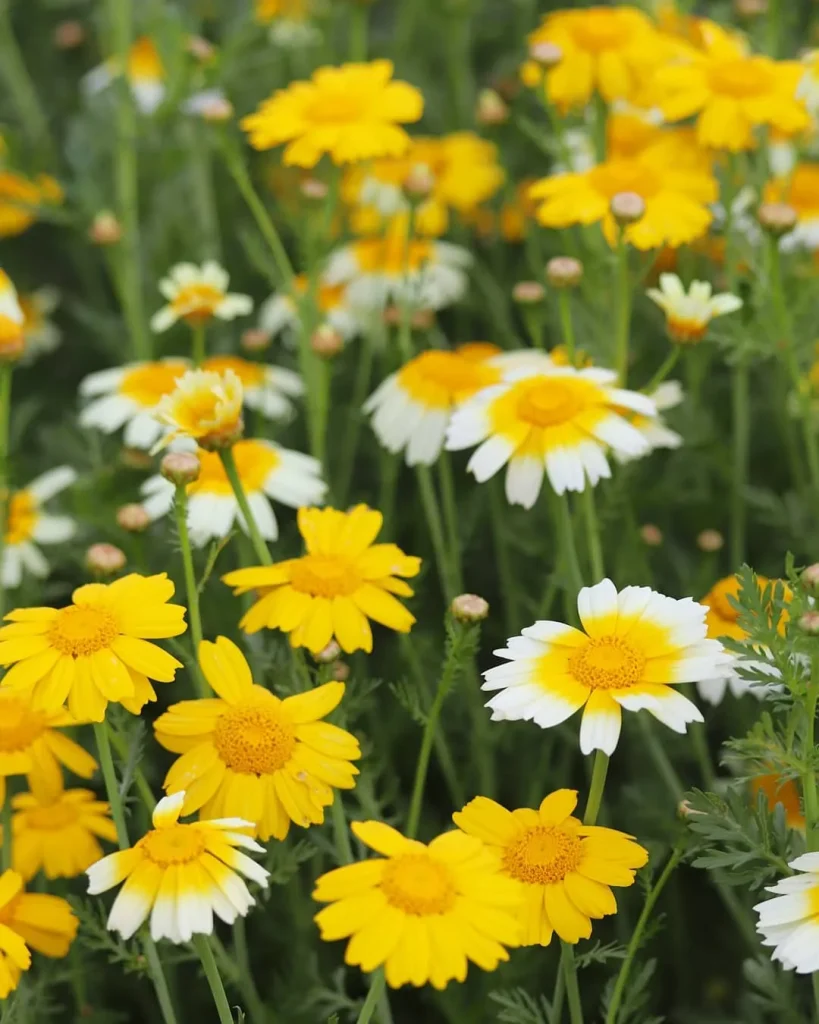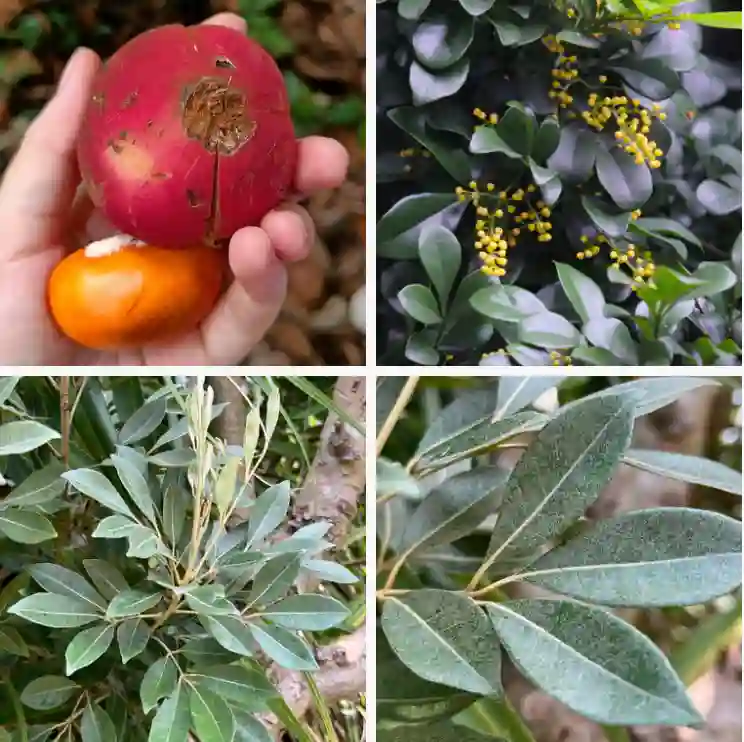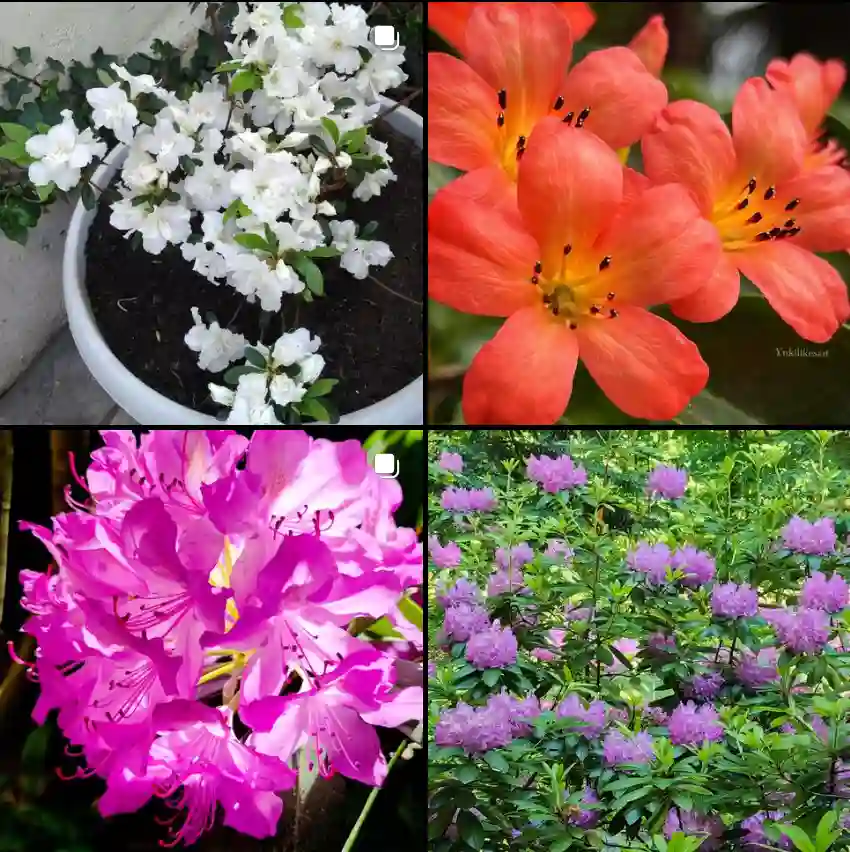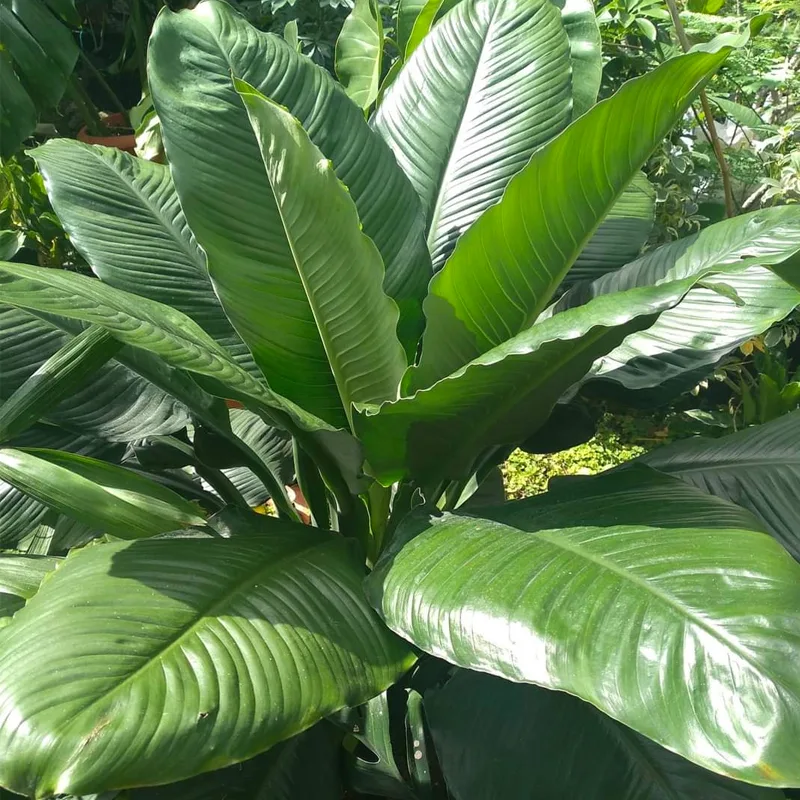
What Is Celtis Sinensis?
Celtis Sinensis, commonly known as the Chinese Hackberry, is a deciduous tree native to China. It’s known for its adaptability to various soil types and its ability to withstand urban conditions. The tree can grow up to 40 feet tall and features a broad, spreading canopy with serrated, dark green leaves that turn yellow in the fall. The bark is typically rough and gray, and it often develops a distinctive corky texture as the tree matures.
68 Species in Genus Celtis
How to Care for Celtis Sinensis?
Caring for Celtis Sinensis is relatively straightforward. Here’s what I’ve learned through my experience:
- Sunlight: It thrives in full sun to partial shade. Planting it in a spot that receives at least six hours of direct sunlight a day ensures it grows robustly.
- Soil: The tree is quite adaptable to different soil types, but it prefers well-draining soil. It can handle clay, loam, or sandy soil.
- Watering: While Celtis Sinensis is drought-tolerant once established, regular watering helps it establish a strong root system. During prolonged dry spells, watering once a week is beneficial.
- Pruning: Minimal pruning is needed. I usually prune the tree in late winter or early spring to remove any dead or damaged branches and to maintain its shape.
How to Propagate Celtis Sinensis?
Propagation of Celtis Sinensis can be done through seeds or cuttings. Here’s how I’ve successfully propagated this tree:
- From Seeds: Collect seeds in the fall and sow them in a cold frame or directly in the soil. Stratify them for about 30 days at 40°F to break dormancy before planting.
- From Cuttings: Take semi-hardwood cuttings in late summer. Dip the cut ends in rooting hormone, then plant them in a well-draining potting mix. Keep them moist and in a warm, shaded area until roots develop.
What to Plant With Celtis Sinensis?
Celtis Sinensis pairs well with a variety of plants due to its versatile nature. In my garden, I’ve found these combinations to be particularly effective:
- Ground Covers: Plants like Creeping Jenny or Periwinkle work well as ground covers beneath the tree. They help suppress weeds and add color.
- Shrubs: Companion shrubs like Japanese Maple or Viburnum add contrast and enhance the tree’s visual appeal.
- Flowers: Consider planting flowers such as Daylilies or Hostas around the base. They provide vibrant colors and complement the tree’s foliage.
Is Celtis Sinensis Toxic?
Celtis Sinensis is non-toxic to humans and pets. I’ve had this tree around children and pets without any issues. However, it’s always wise to monitor for any allergic reactions, especially in pets that might chew on plants.
Benefits of Celtis Sinensis
Incorporating Celtis Sinensis into your landscape offers several benefits:
- Shade: Its broad canopy provides ample shade, making it ideal for cooling outdoor spaces.
- Urban Tolerance: The tree is resilient to pollution and urban conditions, making it a great choice for city landscapes.
- Wildlife: It attracts birds and insects, contributing to local biodiversity. The small, dark fruits are a food source for various birds.
Common Problems with Celtis Sinensis
While Celtis Sinensis is relatively low-maintenance, there are a few issues to watch for:
- Pests: The tree can occasionally attract pests like aphids or scale insects. Regular inspections and treatments can help manage these pests.
- Disease: Watch for signs of fungal diseases such as powdery mildew. Good air circulation and proper watering practices help prevent these issues.
- Leaf Drop: In dry conditions or during stress, the tree might shed leaves prematurely. Ensuring consistent watering can help mitigate this problem.
Compare Celtis Sinensis with Other Similar Trees
When comparing Celtis Sinensis with other trees, such as the Celtis Occidentalis (Common Hackberry) or the Zelkova Serrata (Japanese Zelkova), here are some distinctions I’ve observed:
- Celtis Sinensis vs. Celtis Occidentalis: Celtis Sinensis is generally more adaptable to various soil types and urban conditions compared to Celtis Occidentalis, which prefers more specific soil conditions.
- Celtis Sinensis vs. Zelkova Serrata: While both trees are known for their urban tolerance, Zelkova Serrata often has a more uniform shape and finer texture, making it more ornamental compared to the broader, more rugged Celtis Sinensis.
In summary, Celtis Sinensis is a versatile and hardy tree that fits well in many garden settings. Its adaptability, combined with its low maintenance needs and various benefits, makes it a great choice for both urban and rural landscapes.
If i die, water my plants!



